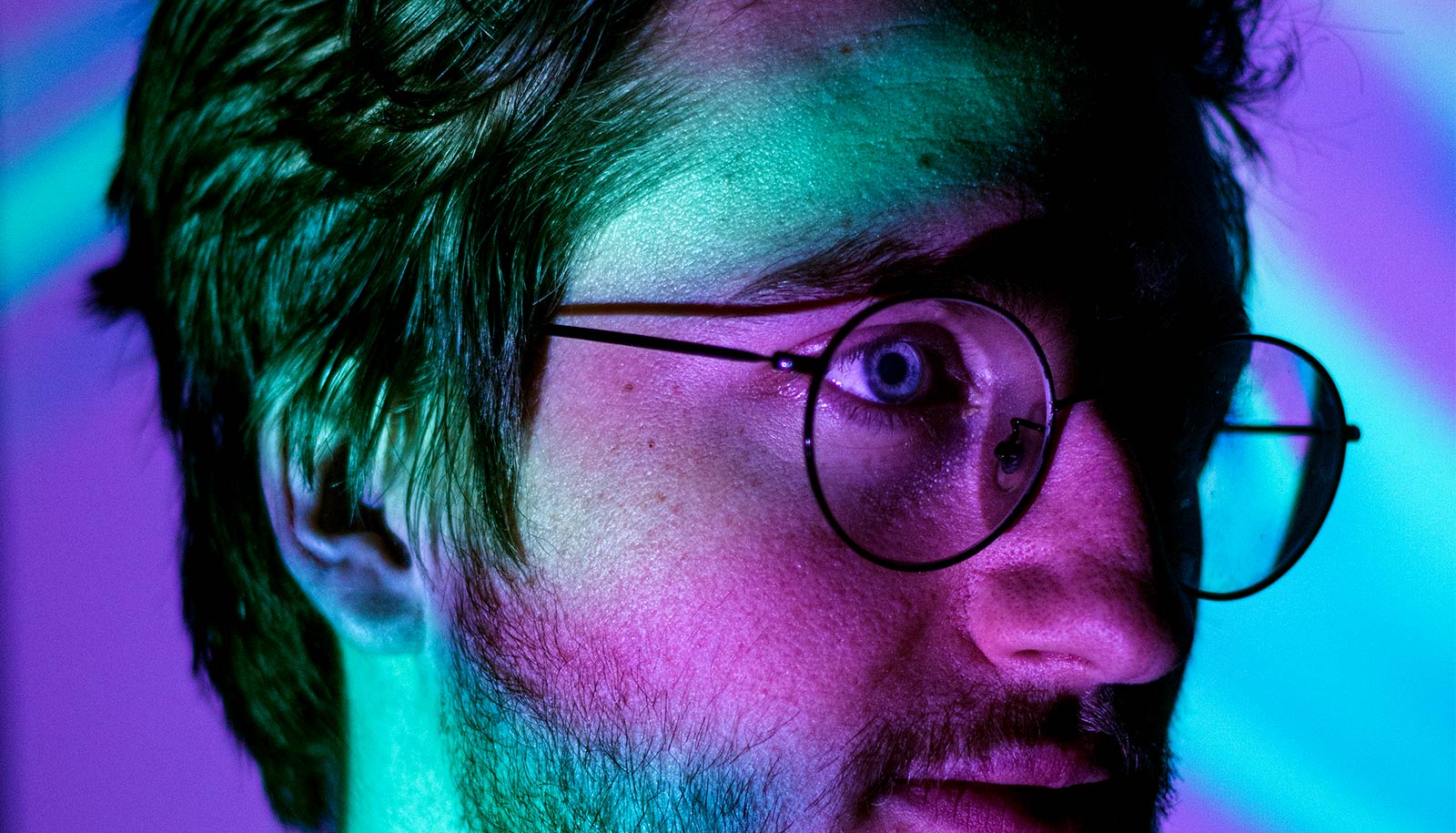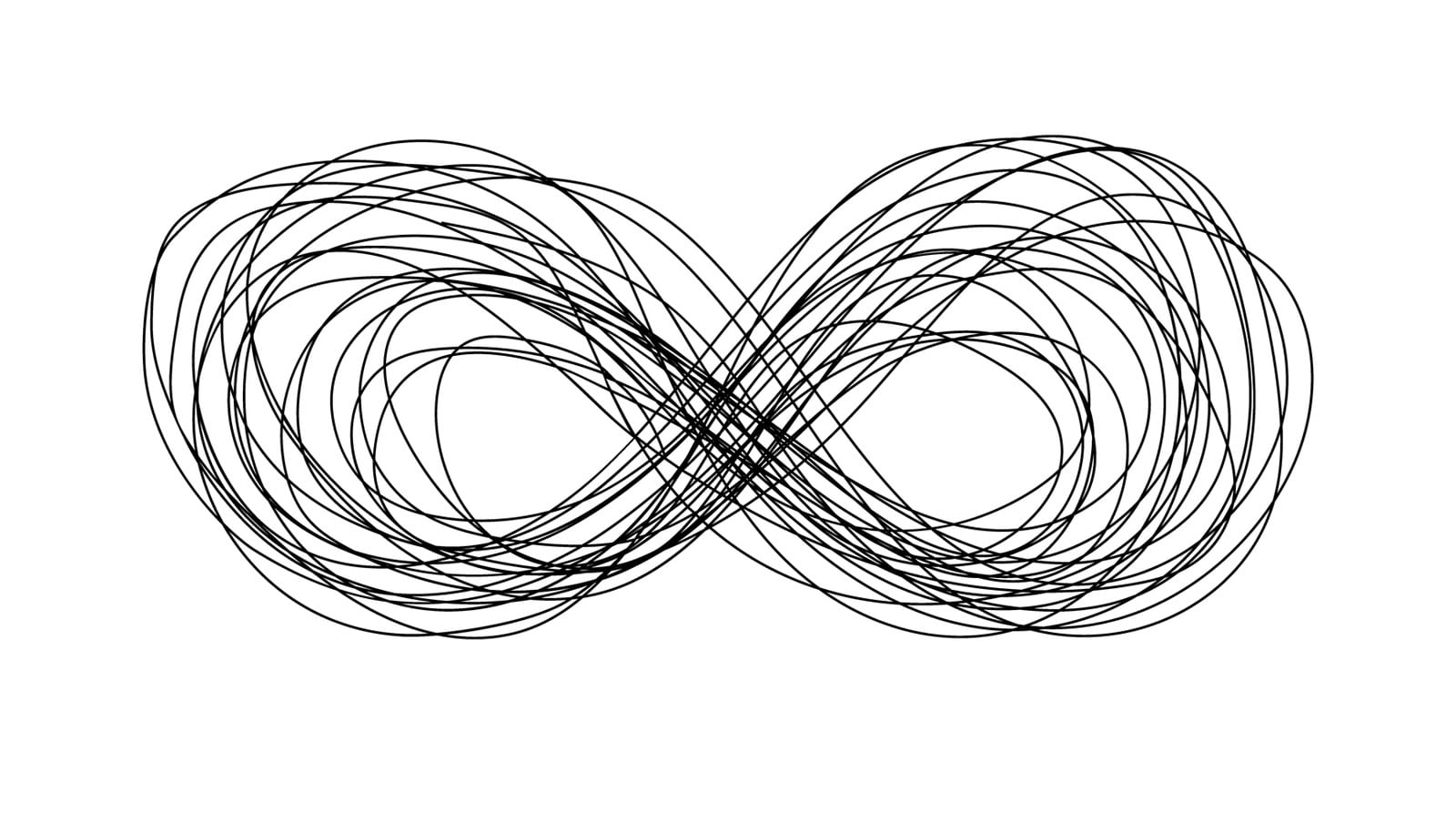Researchers have identified brain signals associated with obsessive compulsive disorder symptoms, paving the way for adaptive treatment.
The researchers recorded electrical signals in the human brain associated with ebbs and flows in OCD symptoms over an extended period in participants’ homes as they went about daily living.
The research could be an important step in making an emerging therapy called deep brain stimulation responsive to everyday changes in OCD symptoms.
OCD, which affects as much as 2% of the world’s population, causes recurring unwanted thoughts and repetitive behaviors. The disorder is often debilitating, and up to 20-40% of cases don’t respond to traditional drug or behavioral treatments.
Deep brain stimulation, a technique that involves small electrodes precisely placed in the brain that deliver mild electrical pulses, is effective in treating over half of patients for whom other therapies failed. A limitation is that DBS is unable to adjust to moment-to-moment changes in OCD symptoms, which the physical and social environment affect. But adaptive DBS—which can adjust the intensity of stimulation in response to real-time signals recorded in the brain—could be more effective than traditional DBS and reduce unwanted side effects.
“OCD is a disorder in which symptom severity is highly variable over time and can be elicited by triggers in the environment,” says David Borton, an associate professor of biomedical engineering at Brown University, a biomedical engineer at the US Department of Veterans Affairs Center for Neurorestoration and Neurotechnology, and a senior author of the new research.
“A DBS system that can adjust stimulation intensity in response to symptoms may provide more relief and fewer side effects for patients. But in order to enable that technology, we must first identify the biomarkers in the brain associated with OCD symptoms, and that is what we are working to do in this study.”
For the study, the researchers recruited five participants with severe OCD who were eligible for DBS treatment. Sameer Sheth of Baylor College of Medicine, lead neurosurgeon, implanted each participant with an investigational DBS device from Medtronic capable of both delivering stimulation and recording native electrical brain signals. Using the sensing capabilities of the hardware, the team gathered brain-signal data from participants in both clinical settings and at home as they went about daily activities.
Along with the brain signal data, the team also collected a suite of behavioral biomarkers. In the clinical setting, these included facial expression and body movement. Using computer vision and machine learning, they discovered that the behavioral features were associated with changes in internal brain states. At home, they measured participants’ self-reports of OCD symptom intensity as well as biometric data—heart rate and general activity levels—recorded by a smart watch and paired smartphone application provided by Rune Labs. All of those behavioral measures were then time-synched to the brain-sensing data, enabling the researchers to look for correlations between the two.
“This is the first time brain signals from participants with neuropsychiatric illness have been recorded chronically at home alongside relevant behavioral measures,” says Nicole Provenza, a recent Brown University biomedical engineering PhD graduate from Borton’s laboratory. “Using these brain signals, we may be able to differentiate between when someone is experiencing OCD symptoms, and when they are not, and this technique made it possible to record this diversity of behavior and brain activity.”
Provenza’s analysis of the data showed that the technique did pick out brain-signal patterns potentially linked to OCD symptom fluctuation. While more work needs to be done across a larger cohort, this initial study shows that this technique is a promising way forward in confirming candidate biomarkers of OCD.
“We were able to collect a far richer dataset than has been collected before, and we found some tantalizing trends that we’d like to explore in a larger cohort of patients,” Borton says. “Now we know that we have the toolset to nail down control signals that could be used to adjust stimulation level according to people’s symptoms.”
Once those biomarkers are positively identified, they could then be used in an adaptive DBS system. Currently, DBS systems employ a constant level of stimulation, which can be adjusted by a clinician at clinical visits. Adaptive DBS systems, in contrast, would stimulate and record brain activity and behavior continuously without the need to come to the clinic. When the system detects signals associated with an increase in symptom severity, it could ramp up stimulation to potentially provide additional relief. Likewise, stimulation could be toned down when symptoms abate. Such a system could potentially improve DBS therapy while reducing side effects.
“In addition to advancing DBS therapy for cases of severe and treatment resistant OCD, this study has the potential for improving our understanding of the underlying neurocircuitry of the disorder,” says Wayne Goodman of Baylor College of Medicine. “This deepened understanding may allow us to identify new anatomic targets for treatment that may be amenable to novel interventions that are less invasive than DBS.”
Work on this line of research is ongoing. Because OCD is a complex disorder than manifests itself in highly variable ways across patients, the team hopes to expand the number of participants to capture more of that variability. They seek to identify a fuller set of OCD biomarkers that could be used to guide adaptive DBS systems. Once those biomarkers are in place, the team hopes to work with device-makers to implement their DBS devices.
“Our goal is to understand what those brain recordings are telling us and to train the device to recognize certain patterns associated with specific symptoms,” Sheth says. “The better we understand the neural signatures of health and disease, the greater our chances of using DBS to successfully treat challenging brain disorders like OCD.”
The study appears in Nature Medicine. Additional researchers from the University of Pittsburgh and Carnegie Mellon University contributed to the work.
Support for the research came from the National Institutes of Health’s BRAIN Initiative, the Charles Stark Draper Laboratory Fellowship, the McNair Foundation, the Texas Higher Education Coordinating Board, the National Institutes of Health, and the Karen T. Romer Undergraduate Teaching and Research Award at Brown University.
Source: Brown University


